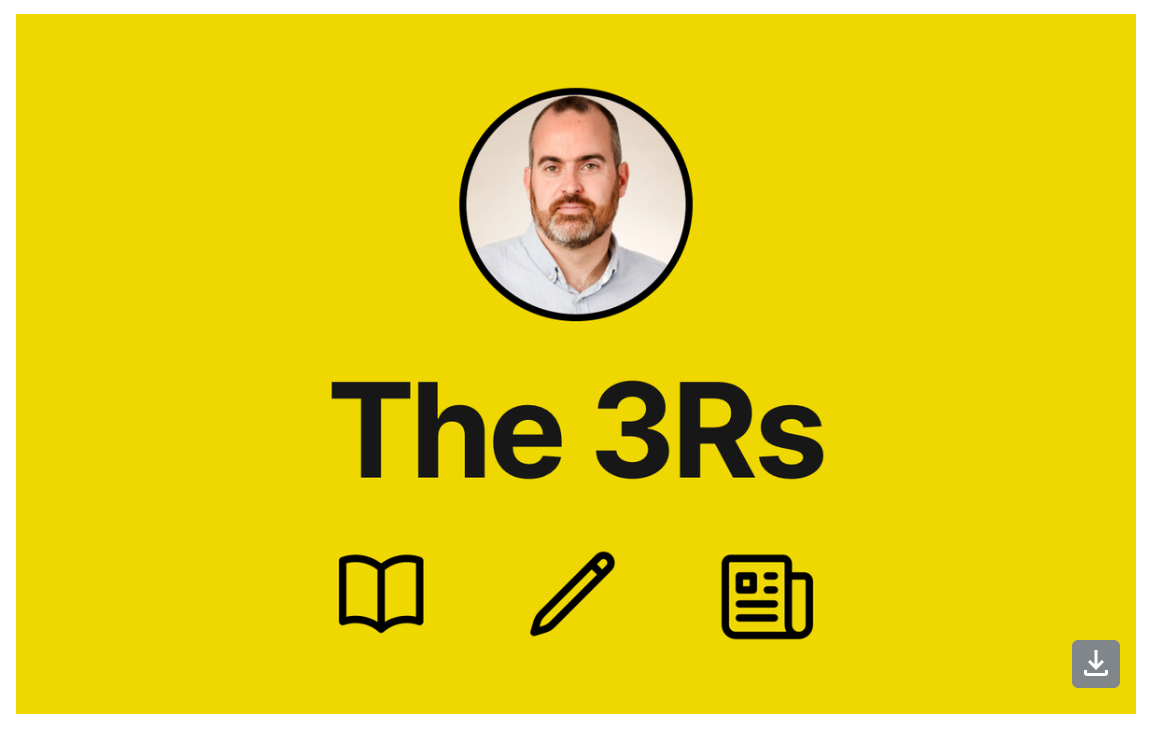Teaching a struggling reader, whether they are seven or seventeen, can be a gut-wrenching experience. It can make the typical tasks of a school day difficult and sap the enjoyment out of learning. It is no surprise then that every teacher, and parent, wants to get to the root of the problem for struggling readers.
Dyslexia is one of the most well-known special education needs. This is largely part to it being one of the most common issues for children’s learning and development, but also because it poses barriers to learning that are clear and obvious.
However, like many areas of special educational needs, dyslexia is prone to misconceptions and misreadings. Indeed, research from Durham University showed that even dyslexia professionals held problematic misconceptions about it.
It is no surprise then that defining dyslexia is a really important task if we are to better diagnose and address the widespread issue for struggling readers.
Changing definitions
The nature of a definition can fundamentally change how we respond to a special educational need. Dyslexia has been prone to changing definitions, shifting symptoms and different diagnoses.
In a recent research paper, entitled ‘Thoughts on the Definition of Dyslexia’, international researchers have explored the issue. They show how a fundamental change to the definition may change how we see and address dyslexia.
The expansive International Dyslexia Association’s two decades old definition of dyslexia has changed, and it reveals a key shift. The old definition was described as follows:
“Dyslexia is a specific learning disability that is neurobiological in origin. It is characterized by difficulties with accurate and/or fluent word recognition and by poor spelling and decoding abilities. These difficulties typically result from a deficit in the phonological component of language that is often unexpected in relation to other cognitive abilities and the provision of effective classroom instruction. Secondary consequences may include problems in reading comprehension and reduced reading experience that can impede the growth of vocabulary and background knowledge.”
However, the new definition and be made more concise and targeted:
“Dyslexia is a specific learning disability in reading at the word level. It involves difficulty with accurate and/or fluent word recognition and/or decoding pseudowords.”
The researchers challenge ‘zombie’ definitions and try to focus on the essential nature of dyslexia. The shortened definition is obvious.
They challenge the ‘discrepancy’ definition – which poses that dyslexia reveals an odd discrepancy between reading ability and general cognitive abilities (such as IQ). They also argue that any ‘neurobiological basis’ adds nothing to the definition. They even exclude the commonly related spelling deficit that attends dyslexia profiles.
From definition to diagnosis
“Definitions of dyslexia must address the science-based skills that will lead to competent word reading accuracy and fluency.”
Definitions of special educational needs, along with medical diagnosis, can prove contentious. There are often multiple definitions out there in the wider world.
Indeed, other recent definitions of dyslexia in the UK, such as the ‘Delphi Definition’ have been welcomed as an improvement on the long-standing Rose Review definition. The Delphi definition pairs reading and ‘spelling difficulties’ together once more.
What is crucial is that there is a consensus over a definition, as this can lead to greater understanding of causes and symptoms. Without clear evidence, teachers and parents can be left confused. An industry of quick-fixes and the selling of dubious resources can thrive in such circumstances where ambiguity reigns.
What is helpful about the new International Dyslexia Association definition is the targeted focus. Too often, over time, special educational needs definitions, and symptoms, grow and grow. As a result, many more young people are given a diagnosis, but the science has not kept up with a solution to such issues.
An industry of assessment has grown up around the dyslexia issue nationally. There is a danger that the mushrooming of ‘mild’ cases obscures the solutions for word reading (and spelling), and that more severe cases go unaddressed due to a lack of capacity in the system.
It is also important the dyslexia doesn’t become a byword for all reading issues. The clearer we are about defining it, and being precise about the causes and symptoms, the greater the likelihood of decisively addressing the problem for more children, earlier and more effectively.
In England, a significant SEND review is on the cards. Precise definitions, and a clear consensus, are needed for the most prominent special educational needs if it is to be successful. A universal definition and diagnosis for dyslexia could make a massive positive difference.
A focus on the definition and the diagnosis must then be translated to teachers, who are supported to decipher the specific barriers to learning they cause, along with the best available strategies to address them.
Related reading:
- Making the difference for pupils with dyslexia. This blog offers practical teaching strategies for busy teachers.
- The impact of the dyslexia label. Researcher, Catherine Knight, released a study showing how a dyslexia label can paradoxically lower expectations and self-belief.
- We need a new definition of dyslexia. Professor Julia Carroll (of 'Delphi Definition' fame) argues compellingly for a new, universal definition.






Comments